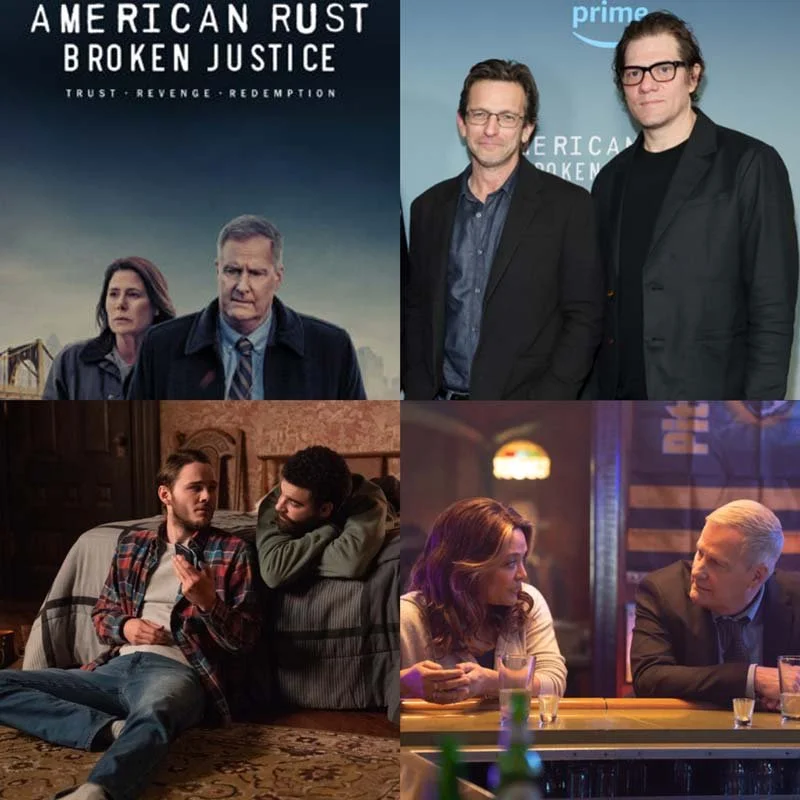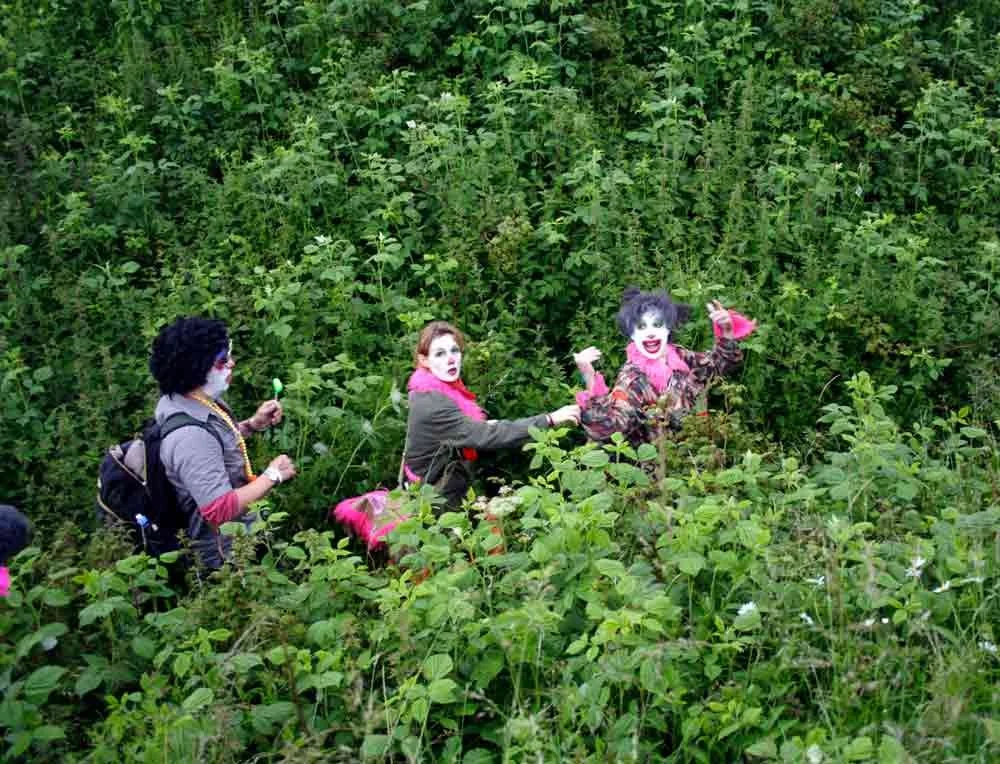One of my favourite places in Boston is the third, lesser known campus of Boston College. It hosts various offices and performing art studios, but what matters to me is the huge field located just underneath the college’s art museum. Due to the pandemic, I never moved away from my senior year apartment located just up the street from this field, where I live with my boyfriend and dog. And I take my dog to this field every, single day. He is the most adaptable dog I have ever met. If you want to lounge around on a lazy Sunday morning, he will lounge around right there with you. But if you want to go hiking for two hours, he will beat you to the top of the mountain. He is small, speedy, and very mischievous. He does not like most dogs, so cannot visit dog hotspots unleashed without getting into trouble. But he loves to run as fast as can, and chase birds and squirrels, and any person that will give him attention. Since this field is not a dog park or home to any college classrooms, it is barely used by anyone else, and so we often have the whole place to ourselves. The field itself is situated on a slope, and you enter at the top. My absolute favorite thing to do in this field is to bring my dog, let him off the lead at the top of the slope, and race him down to the bottom. It only lasts about 15 seconds, but I never feel more free than in those moments; I don’t think I have once run down this hill without a huge smile stretching across my face. I love it because my dog loves it, and because I get the chance to feel like a kid again, running wild with the wind brushing through my hair. But I also love this field because it can be whatever you need it to be. If you want a moment of solitude, come to the field. If you want a good spot to hang out with friends, come to the field. If you want to run around and play with the dog, come to the field. And that is my favourite element about this field and the outdoor world: the freedom to be or do whatever you want. I talk out loud to my dog at the field. I wear whatever clothes are comfy, even if not aesthetically pleasing. I run like a child with bear feet and arms flying around me. Not only does the natural world refrain from judging me, but it actively embraces me by keeping those spaces that I feel most comfortable alive and thriving. It has no ulterior motives or self-interested goals. It lets me be me.
I have several sustainability pledges to keep the natural world better than how I found it. One, to become an environmental educator. If I can convince other people that the planet matters, and get them to care and behave in more sustainable ways, I know I will leave the world a better place. Two, I am trying to live a waste-free life, to the best of my abilities. I hate seeing litter or trash covering my field. Whenever my dog tries to eat it, I remember the other wildlife the trash could harm, and I am more motivated to cut down on my own personal waste. And three, I am beginning to grow my own food in a way that uses the local ecosystem as a support rather than barrier to overcome. You cannot get more local or package free than self-grown food. In time, I hope the number of pledges I make expands indefinitely, and that I can encourage others to do the same.
I am particularly proud of the Tree Map app that I designed for Boston College, which gives users a detailed view of the campus’s trees. Each tree is labelled on a campus map, and users can click on individual trees to see that tree’s carbon offset, that offset equivalent in car miles driven, and the amount of stormwater that tree intercepts in any given year. Users can search for different species of trees, and look up species-specific information such as whether that species is deciduous or coniferous, or where it is originally from . I sourced all of the information on trees, and designed the layout of the app and how information should be presented to users. My coding friend then brought the idea to life, and Boston College loves it and hopes to publish the app soon! I have attached some screenshots below.
Whilst in my master’s program, I have been taught that stories are effective educational tools, yet I never understood this concept until watching Netflix’s nature documentary, My Octopus Teacher. It was one of those winter nights in Boston where the sun sets before you have even finished the work day, and I was tired and looking for something to distract me from the cold, outside world. Cocooned in a blanket on the couch, the lights dimmed, I aimlessly scrolled through Netflix until I came across a nature documentary named My Octopus Teacher. Although nature documentaries had never inspired me before, this title intrigued me. Whatever, I thought. I’ll give it a go. The TV screen glared at my face as I was introduced to one of the main characters, Craig Foster. He began by explaining that he had been looking for a change in his life, something to re-energise and motivate him, and so had decided to start free diving in the icy waters off the tip of Africa. Noticing the icicles that had begun to form outside of my apartment window, I did not understand Craig at all. His diving grounds however consisted of these beautiful kelp forests that shimmered in the sunlight and danced like a group of perfectly coordinated ballerinas in the ocean currents. Perhaps I understood Craig’s desire to dive here a little better now. Whilst exploring through the kelp jungle, with fish and sharks jumping out from every corner, Craig came across a young octopus hiding itself behind a handmade wall of shells, and was compelled by its peculiar behaviour. He was so compelled in fact that he decided to come visit this creature every day for the remainder of it’s short life, and to film his experiences, allowing viewers to join in on the journey. And so the adventure began, as I watched Craig slowly befriend this little octopus, and watched the octopus in return slowly reveal more and more of its hidden world to Craig. I was hooked. At one point in the documentary, I audibly gasped as the octopus reached out one of her delicate tentacles and touched Craig’s hand. I didn’t realise that it was the storytelling in this documentary that was captivating me until said story took a dramatic turn for the worse. One of those dreaded sharks was hunting for prey, and octopus was on its menu. Having now researched octopi extensively, Craig knew immediately that his octopus friend had to hide. But she was too slow. The shark looms over her relatively tiny body, and lunges for her at top speed. Despite having come into her life every day for nearly a year, this is the time that Craig decides he should not interfere with nature. I was fuming. Craig, you are her friend, help her! Please! I nearly screamed at the TV. The octopus barely survives as the shark makes away with two of her legs. Whilst I have felt sad, and often conflicted, during prey-predator scenes of other documentaries, I had never felt so attached to one of the characters before. I had never felt the need to jump in myself and do something. The documentary ends with the octopus reaching the end of her life cycle as she mates with another octopus, gives birth, and dies peacefully in her sleep a few days later. Tears stream down my face as I realise how attached I am to this octopus that I have never met.
As emotional as this documentary was for me, I now remember this octopus, and I remember what the kelp forests look like, and I don’t eat fish or other sea creatures anymore. Had this documentary just showed me the same clips of this octopus without the story, without the relationship, I do not think I would have been moved to change my attitudes towards sea creatures or to change my eating habits. And many others are the same. Knowledge about something does not mean one will begin to care and take action, as it only affects the mind; stories affect the heart. Climate change is a perfect example of this. Many people have become educated on the dangers of climate change, and even have the knowledge on what to do to help prevent permanent damage, but they don’t. Since science is not convincing enough, perhaps we should try storytelling.
Through The Creative Process, not only am I excited to help produce the podcast and practice eliciting stories from various environmental leaders, but I would be particularly excited to work on community or educational projects or initiatives. I love to actively engage others on environmental issues, especially in non-formal settings. I enjoy helping educate people of all age groups, not just young children. The podcast itself is a form of environmental education, hence why I am so excited by the chance to work here. I would appreciate the opportunity to practice interviewing people, and to practice listening for snippets of information that one could probe further into. Overall, I enjoy connecting with other people on topics that matter greatly to me, that impact how I live my life and who I am as a person.
















































